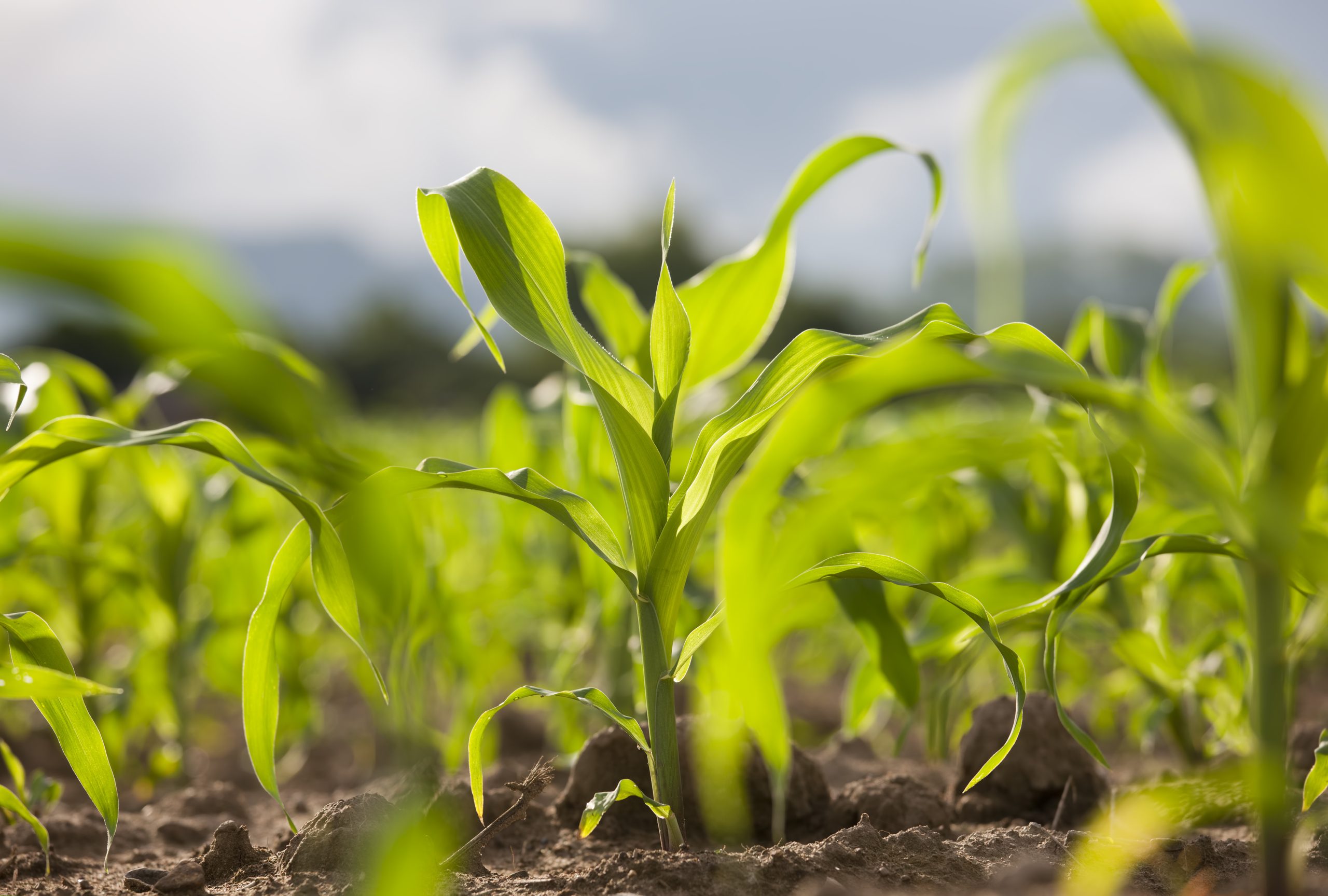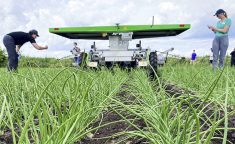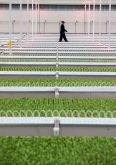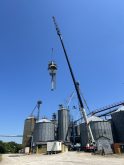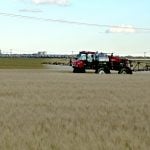Every year, plant diseases caused by bacteria, viruses and fungi contribute to major economic losses. Detecting these diseases promptly is necessary to curb their spread and mitigate agricultural damage, but represents a major challenge, especially in areas of high-scale production.
Smart agriculture systems use camera surveillance equipped with artificial intelligence (AI) models to detect features of plant diseases, which often manifest as changes in leaf morphology and appearance.
However, conventional methods of image classification and pattern recognition extract features indicative of diseased plants from a training set. It is challenging to describe what features were learned.
Read Also

U.S. agricultural trade in a widening deficit, study shows
U.S. agricultural imports now exceed exports and the deficit is expected to worsen, according to a study from the University of Illinois.
Further, obtaining large datasets for model training is tedious. Handcrafted features, which are selected based on expert-designed feature detectors, descriptors and vocabulary, offer a solution. However, these often result in the adoption of irrelevant features, which reduce algorithm performance.
A solution is on the horizon. A team of data scientists and plant phenomics experts from China and Singapore have developed a swarm intelligence algorithm for feature selection (SSAFS) that allows efficient image-based plant disease detection.
They reported development and validation of this algorithm in their recent study published in Plant Phenomics. Explaining the benefits, the corresponding author of this study, Prof. Zhiwei Ji, said, “SSAFS not only significantly reduces the count of features, but also significantly improves the classification accuracy.”
The study used a combination of two principles: high-throughput phenomics, through which plant traits like disease severity can be analyzed on a large scale, and computer vision, in which image features representative of a specific condition are extracted.
Using SSAFS and a set of plant images, the researchers identified an “optimal feature subset” of plant diseases. This subset encompassed a list of only the high-priority features that could successfully classify a plant as diseased or healthy, and further estimate the severity of disease.
Findings from tests show that SSAFS performs well in plant disease detection and severity estimation. It outperformed existing algorithms in identifying the most valuable handcrafted image features.
Interestingly, the majority of these disease-related features involved distinct patterns or structures, such as points, edges and patches, which are often observed in diseased plants. Overall, this algorithm is deemed to be a valuable tool for obtaining an optimal combination of handcrafted image features indicative of plant diseases. Its adoption could improve plant disease recognition accuracy and reduce the time needed for processing.
“One of the crucial contributions of this work to plant phenomics is the definition of handcrafted features and the precision screen of relevant features through a novel computational approach,” said Ji.
“We propose to combine comprehensive handcrafted and non-handcrafted features of plant images for accurate and efficient detection in the field of phenomics.”

